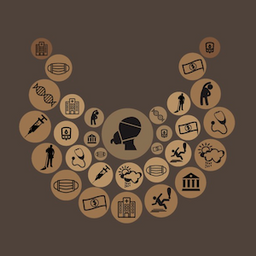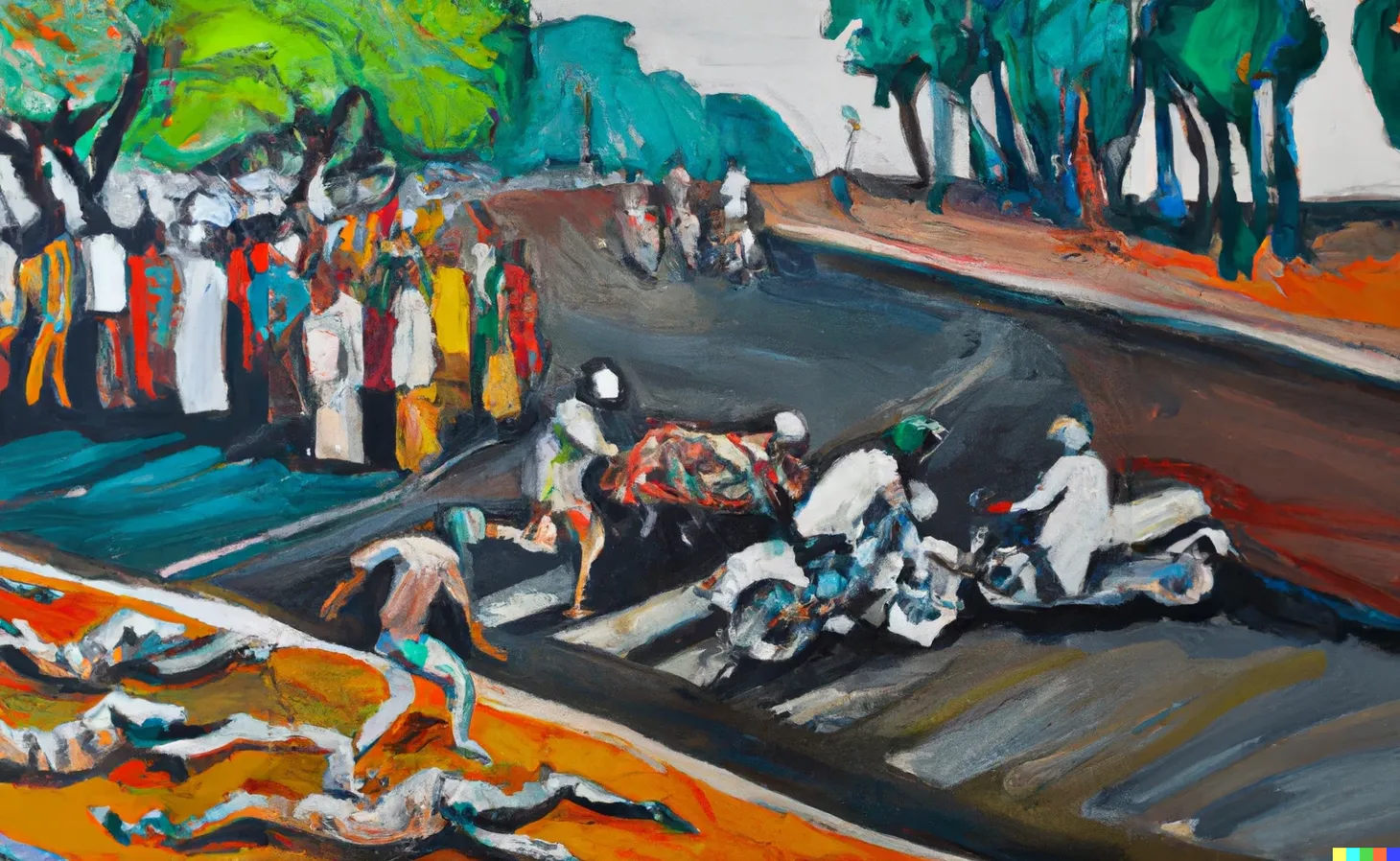Being Safe on the Roads is As Important as Screening for Cancer
Since we can't depend on the system to help with road safety, it is up to take all precautions possible to avoid getting injured or killed.
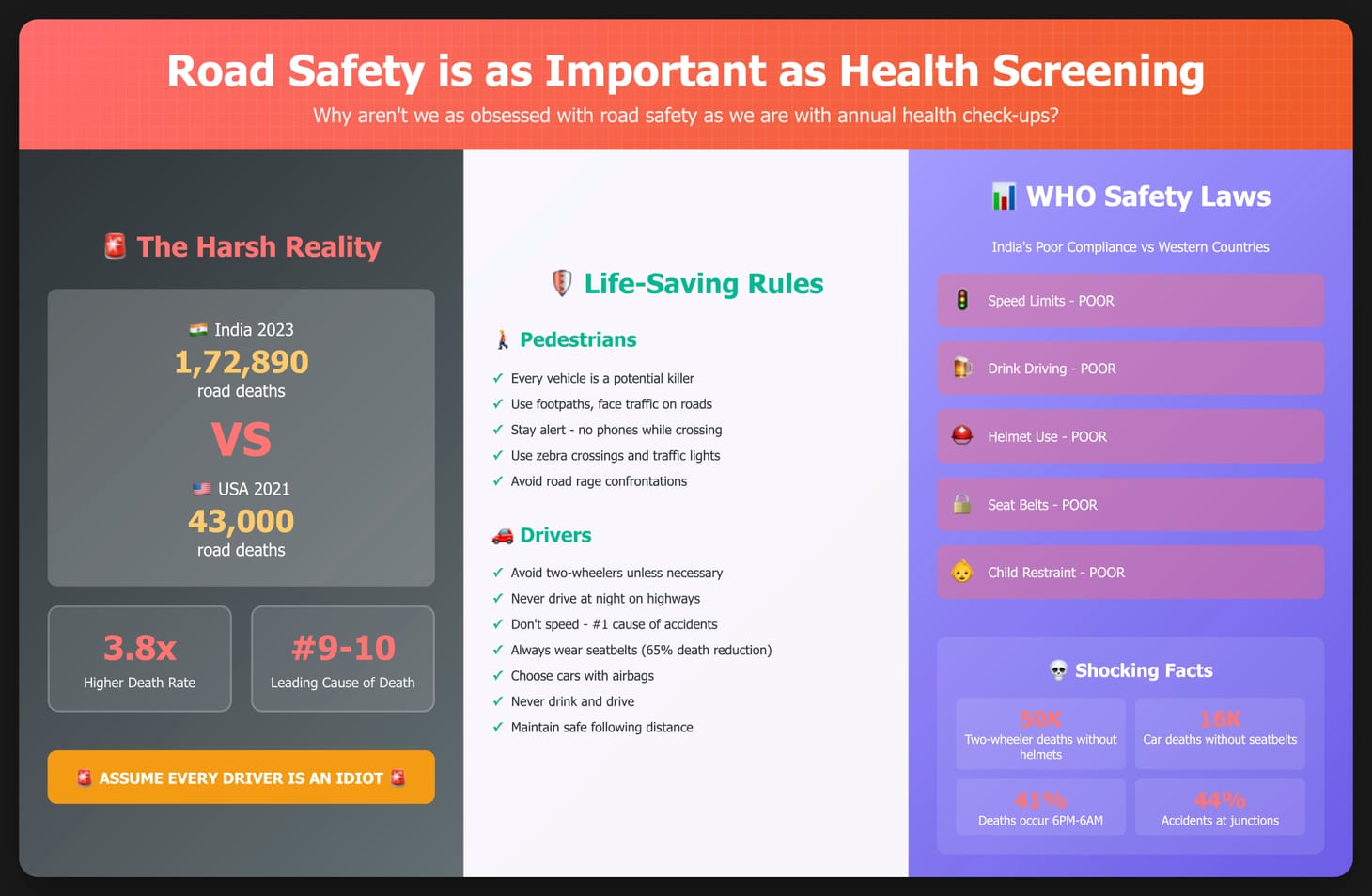
The Book
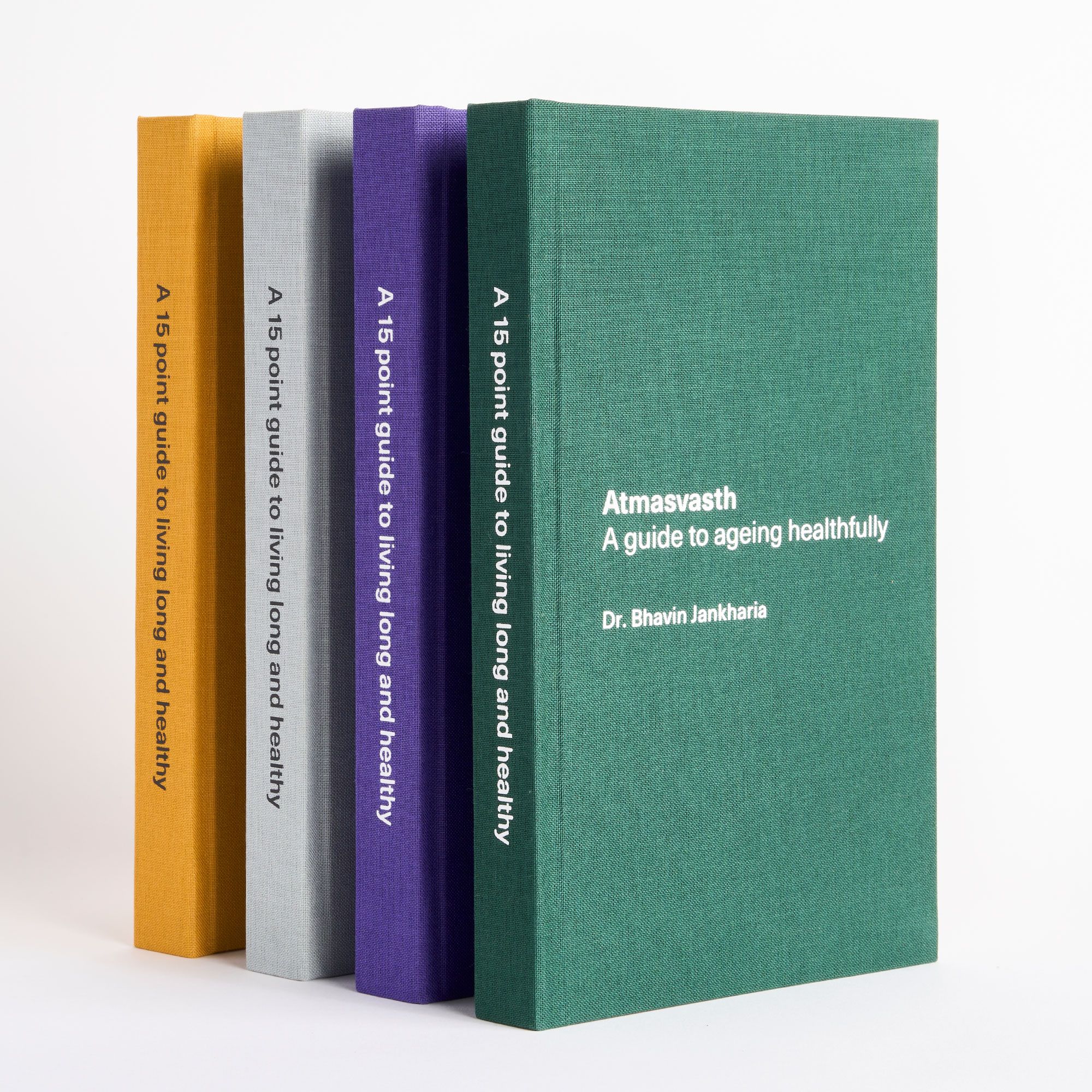
The Detailed 15-Point Guide to Live Long, Healthy
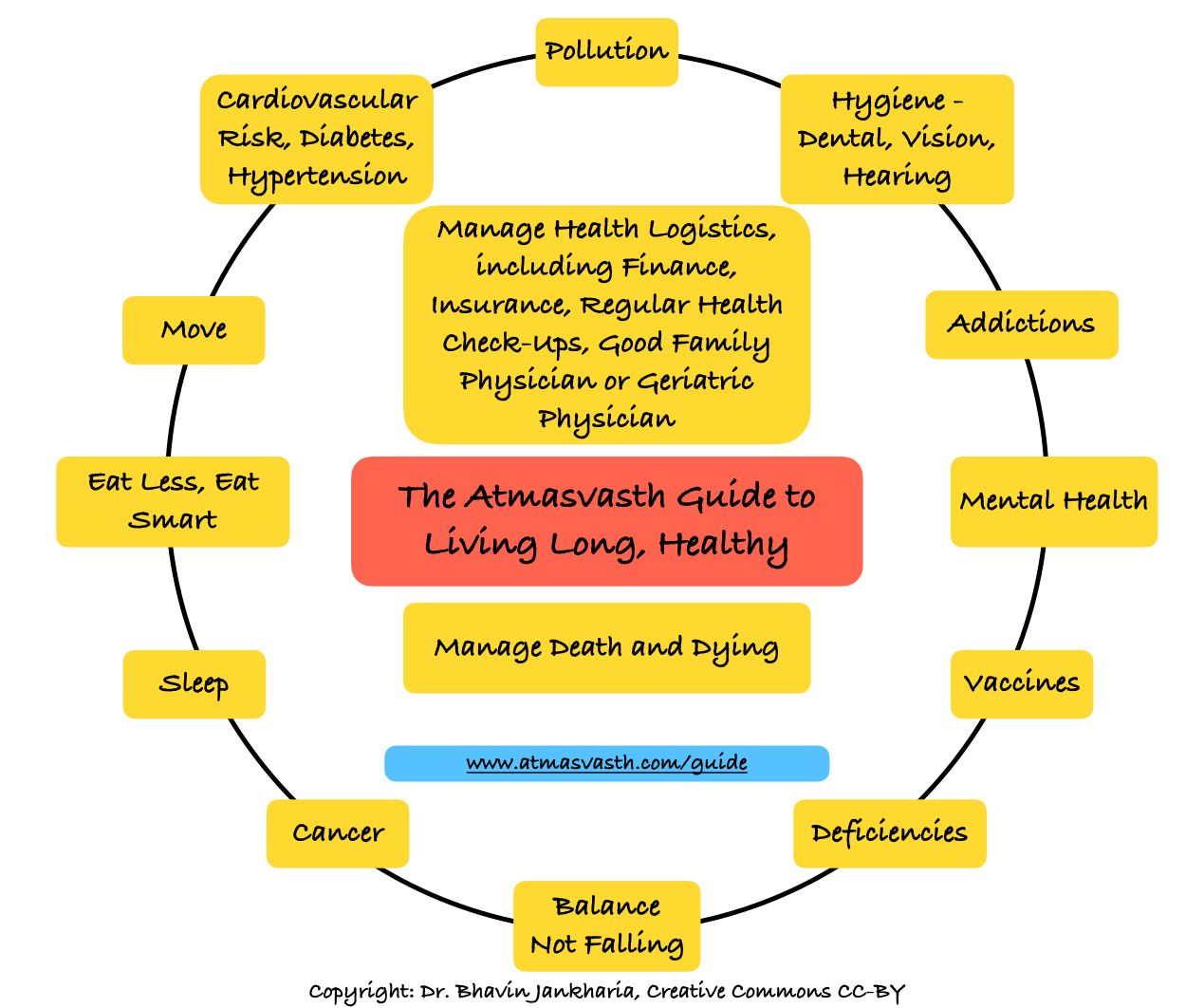
Audio
Soundcloud
YouTube
A YouTube version of the audio is also now available here.
Text
I am deviating from the cardiovascular risk theme simply because of this fantastic article published earlier this week in the New England Journal of Medicine on “Motor Vehicle Crash Prevention”.
In Nov 23, I wrote about how to avoid being in road accidents, and mentioned this,
“What is the point of being physically active, eating sensibly, sleeping well, taking vaccines, not smoking, etc, if you get knocked down while walking or are involved in a car accident while driving or being driven and sustain a grievous injury or die?”
In that article, I had used 2022 Government data. We don’t have updated 2023 and 2024 data, but Drishti has an article [2] quoting Mr. Nitin Gadkari, the transport minister, who shared provisional numbers that suggest a further increase in the accident and death rate by 1.5 to 2%. If high blood pressure is the biggest killer in India, road traffic accidents come at 9 or 10.
If we are so obsessed with tests and annual health check-ups to screen for cancer and other diseases, why are we not more focused on keeping ourselves safe on the roads?
The most important rule to follow is to assume that every driver on the road is an idiot unless proven otherwise, out to kill you, and you have to keep yourself safe whether you are a pedestrian, walker, runner or cyclist and whether you are riding a bike or driving a car.

Take your time to go through this picture. It says a lot. This is an article in a major peer-reviewed medical journal focusing on road-traffic accident deaths in the US, which numbered 43,000 odd in 2021. In 2023, we had 1,72,890 deaths, almost 3.8 times that number…and we still don’t have any sign that things will change.
While the two buckets of “safer vehicles” and “high-visibility enforcement” of “safer speeds” are somewhat implemented in India, the other three buckets in this pictorial are not…people who walk do so with their lives in their hands, people who drive are in their own world, the roads are unsafe and our postcrash care is abysmal.
Also take your time to go through the Haddon matrix that deals with how to prevent fatalities and serious injuries.

In India, our license laws are so lax that anyone pretty much can get a license whether they are able to drive properly or not. Our roads are terrible with potholes and uneven speed-breakers and poor markings. Drivers drive on the wrong side with alacrity. Fines for breaking laws are easily paid off and implementation of laws is lax.
The WHO also comes out with a report, [3] the last from Dec 2023 that lists compliance with 5 laws that help reduce accidents
1. Speed limits
2. Drink driving
3. Helmet
4. Seat-belt
5. Child restraint

India does not do very well as compared to most other Western countries. In most parts of the country, only one or two of these laws are implemented.
In a scenario therefore where laws are lax and drivers are potential killers, the system will not protect you and you have to protect yourself at all times.
A. If you are a pedestrian
1. Assume that every two-wheeler, car or bus is a potential killer.
2. Use footpaths where available.
3. If you have to walk/run on the roads, face the traffic. That way you at least know what is coming towards you. This rule gets modified along sharp curves, but that’s it.
4. If you are walking/running on the road with two or more people, try and walk/run single file.
5. Use a little common sense. Do not walk/run along the divider or along the inner side of a roundabout.
6. Use traffic light junctions and zebra crossings to cross roads as far as possible.
7. Be aware of your surroundings. Do not walk on roads or cross roads while on the phone or while messaging, etc. Again, the vehicle does not care about you and if you die or are seriously injured by someone, unless you can prove they were drunk, the consequences are at best 2 years of imprisonment, which is irrelevant if you are dead or seriously injured.
8. Don’t scrap with two-wheelers and four-wheelers. Road rage is on the rise and even if you didn’t get run down, there is a good chance you might be injured or die from the altercation. Keep your ego and temper in check.
B. If driving or being driven
1. Do not ride two-wheelers. Unless you have no choice, just DO NOT. And if you have to, the driver and the passenger must both wear helmets. Of the 74,000 two-wheeler riders who died in 2022, 50,000 odd were not wearing helmets, of which 70% were drivers and the rest were passengers.
2. Do not drive at night on non-city highways. It is scary. Trucks are driven by drunk drivers and they often drive on the wrong side of the road or they use their headlights without dimmers and blind you. It is not worth saving time by driving at night. 41% of all deaths occurred between 6PM and 6AM.
3. Do not be driven at night outside of busy city roads. As tourists or for work, we often think it is a good idea to travel at night and save time. Bus drivers drink and/or fall asleep. Taxi drivers are also often sleepy. All this increases the risk of accidents and death.
4. Do not speed. The commonest cause of accidents is speeding. Period. Remember, the older you get, the slower are your reflexes and trying to emulate an F1 driver on the Mumbai-Pune or Samruddhi expressways is a sure-fire way of getting into trouble.
5. Wear seatbelts wherever you are seated, front or back. Period. It is not about the law, it is about your safety. Of the 21,000 killed in car accidents, 16,000 odd were not wearing seatbelts, half of whom were drivers and half passengers. Seatbelts reduce the risk of death by 65%. You don’t want to be a back-seat bullet as a colleague of mine learnt the hard way and I wrote about in Nov 2024.
6. Drive in cars with airbags. Airbags are less effective than seatbelts, but typically reduce the risk of death in an accident by another 8-10%.
7. Do not keep your child on your lap, especially in the front seat. If a collision happens, that child will become your cushion and be crushed between you and the dashboard. You may live, but the child could die. This actually happened recently in Navi Mumbai.
8. Do not drink and drive or be driven by someone who is drunk.
9. Don’t tailgate. Keep a safe distance between you and the car in front of you. Assume that at some point the car in front will brake suddenly and you must have enough space to brake and not hit the car in front of you.
10. Obey traffic rules, even if others around you don’t. Slow down at intersections even if the signal is green for you to go, because you don’t know which idiot is going to illegally cross you, with no warning, especially if there is less traffic. The maximum accidents and deaths occurred at T-junctions and four-arm junctions (total 44%).
11. If you have to be in an accident, hope that it is within a major urban city. In Mumbai, of the 1895 accidents, deaths were 371 (19%) against the 33% country average. This is because outside the major cities, medical services are so bad that your chance of survival drops significantly. Which also means that you have to be extra-careful when driving or being driven outside urban environments.
12. Walk away from road rage. It is not worth it. There will always be idiots on the road and you just have to accept that they will always exist and just ignore them or say sorry and defuse the situation, even if you are not in the wrong.
Footnotes
1. Klauer SG, Doerzaph ZR. Motor Vehicle Crash Prevention. N Engl J Med. 2025 July 31;393(5):479–86.
Atmasvasth Newsletter
Join the newsletter to receive the latest updates in your inbox.
